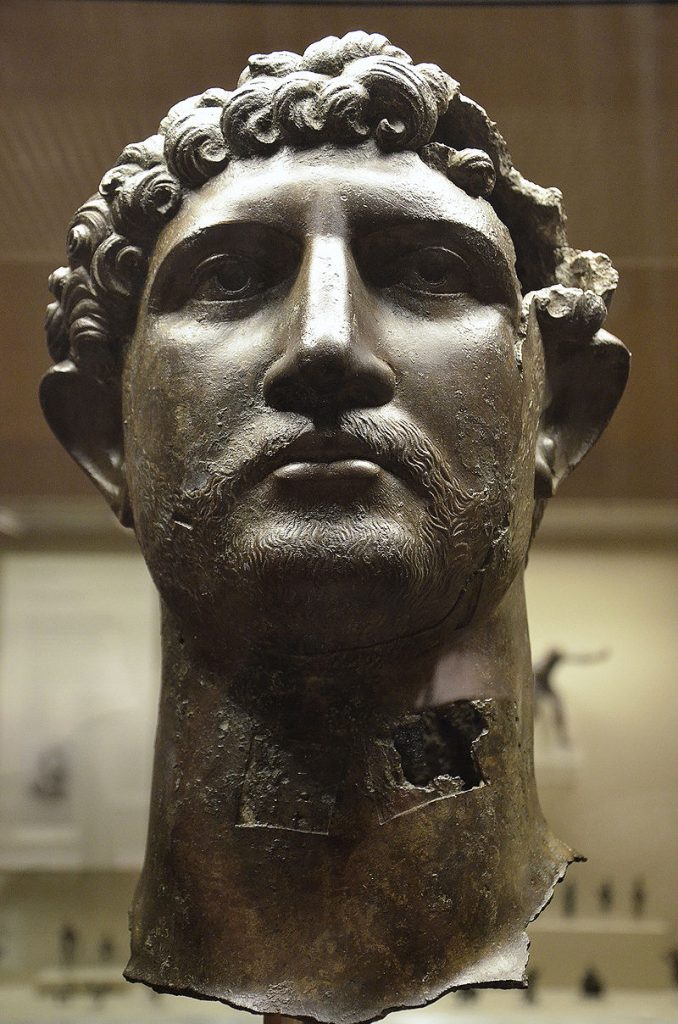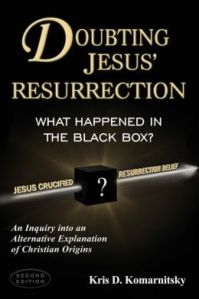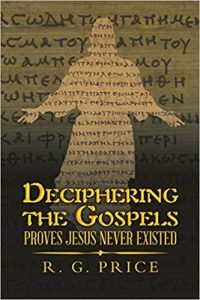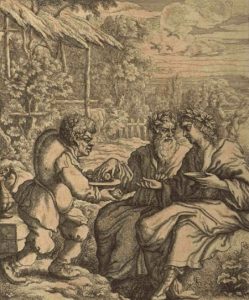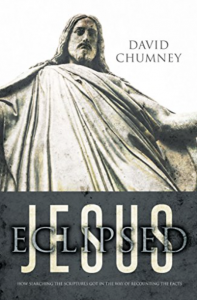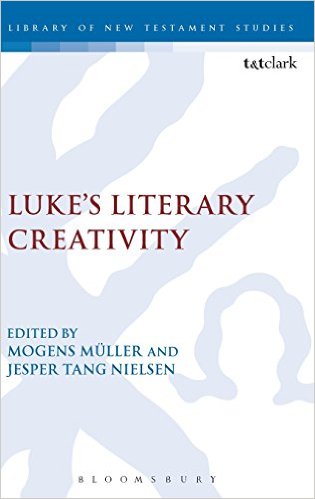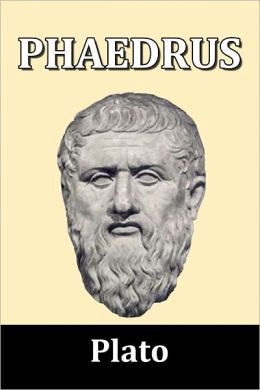Spot the problem here:
The problem of the reconstruction of the course of life, deeds, and words of Jesus Christ is undoubtedly one of the most fascinating issues in modem biblical scholarship. In order to cope with this issue, scholars devised various reconstructive methods and procedures, which are usually presented today under the labels of several ‘quests for the historical Jesus’. In this way, notwithstanding all the differences between various scholarly proposals, a more or less coherent image of the historical Jesus as a particular Jewish religious and social ‘activist’, who lived in first-century Galilee, emerged and became more or less widely accepted in mainstream scholarship.
However, all reconstructions of the deeds and words of the historical Jesus, which were presented at various stages of the ‘historical Jesus research’, were formulated on one fundamental assumption, namely that the Gospels more or less directly refer to the life of the historical Jesus. Even if numerous modem scholars regarded various parts of the Gospel material as most probably unhistorical, this basic assumption concerning the referential character of the Gospels was in fact never challenged. Consequently, scholars still generally believe that the Gospels in an at least fundamental way reflect the features of the life and person of the historical Jesus: his early activity in Galilee, his challenging interpretation of the Jewish law, his clashes with the Pharisees, his travel to Jerusalem, his conflict with the chief priests in the Holy City, etc.
The most recent research on the hypertextual features of the Gospels has revealed that this basic scholarly assumption is not necessarily true. In general, it can be argued that the Gospels were not written with the aim of recording the course of life, deeds, and words of the historical, ‘fleshly’ Jesus. The Gospels are results of hypertextual reworking of the letters of Paul the Apostle and of other early Christian writings, which were regarded by the evangelists as the sources for the knowledge of the real, ‘spiritual’ Jesus Christ, who came to be known to the world in the course of life, in the person, and in the writings of his particularly chosen Apostle, and who still lives in his Church. The research on the historical Jesus ought to take this basic feature of the Gospels into serious consideration.
Consequently, in order to deal with the issue of reconstructing the life of the historical Jesus in a truly scholarly way, the hypertextual features of the Gospels should be properly investigated.
(Adamczewski 2013, 11 f.)
What Bartosz Adamczewski says there is all very fine as far as it goes but there is something vital missing. And it is that missing element that has opened up opportunities for some rather savage reviews of his work.
Yes, it is fine to present the “case for” a proposition. But unless one addresses systematically the flaws in the existing or alternative viewpoint, especially if that alternative is the prevailing conventional wisdom, one is not likely to persuade anyone to jump ship, at least not with justifiable reason. Simply declaring the alternative to be resting ultimately upon unfounded assumptions won’t work any magic unless one accompanies that claim with clear demonstrations.
That won’t persuade most to change their minds overnight; it will probably engender unscholarly responses. But it will at least leave material for other, most likely new, scholars to notice and work with into the future.
Adamczewski, Bartosz. 2013. Hypertextuality and Historicity in the Gospels. Frankfurt am Main: Peter Lang GmbH, Internationaler Verlag der Wissenschaften.


